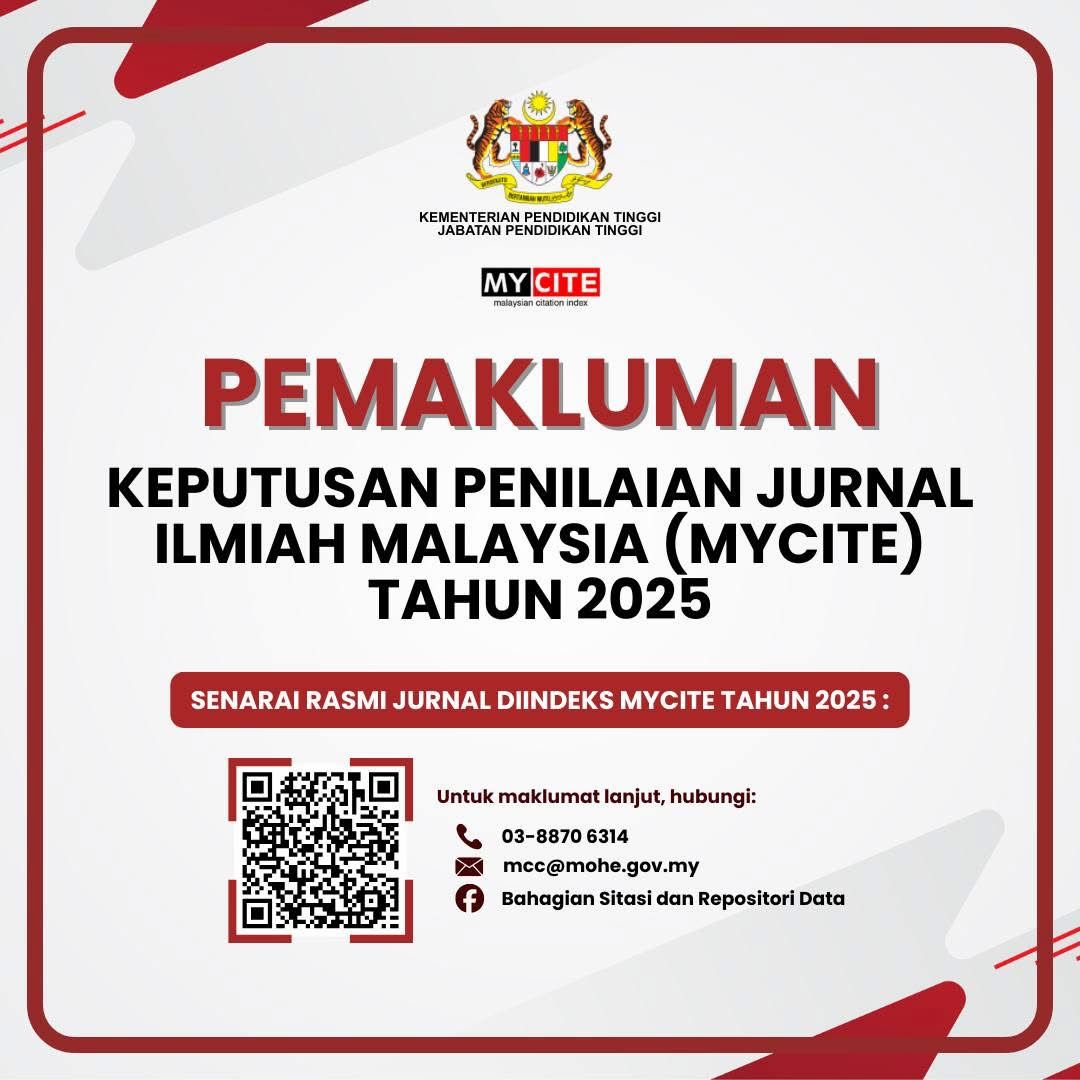The ‘Kelingai Motif’ in Iban’s Tattoo Motif; A Case Study of Kampung Gayau Ulu Pantu, Sri Aman Sarawak
DOI:
https://doi.org/10.24191/idealogy.v5i1.180Keywords:
cultural form, tattoo, Iban cultureAbstract
This research is conducted on core problem that had occurred on ‘Kelingai’ motif (cultural form) among new modern young generation. ‘Kelingai’ motif is a symbol of indigenous culture Iban people in Sarawak, but ironically has many motives ‘Kelingai’ intertwined with a modern motif and has been widely used by young people today. This generation seems to take for granted for the beauties of ‘Kelingai’ motifs that they leave behind their original motifs of tattoo founded by their ancient generation before in valuable traditional art. ‘Kelingai’ motif represent its own meaning according to geographical factor and tattoo wearer’s belief. This big question aroused deep interest for the researcher to explore and reveal the secret wold of ‘Kelingai’ motif of tattoo. The research had been conducted among Kampung Gayau’s resident who comes with their tattoo at all age levels. This research basically based on well-known theories, Erwin Panofsky Theory. This theory will reveal the meaning of ‘Kelingai’ history through it approaches such as in style, type and symbol domains in the theory. These domains help us to know better about the history of ‘Kelingai’ motif in Kampung Gayau, explicity and also to Iban’s society internationally as a group of people who nourishing their ancestors’ life value into their young generation in modernization and globalization.
Keywords: Cultural form, Tattoo, Iban culture, Kampung Gayau.
References
Augustine Anggat Ganjing (1991). Ukiran Asas Iban. Kuala Lumpur: Dewan Bahasa dan Pustaka, Ministry of education Kuala Lumpur.
Benedict Sandin (1967). Iban Way of Life. Borneo Leterature Bureau.
Benedict Sandin (1967). The Sea Dayaks Of Boerneo; Before White Rajah Rule. Macmilan & Co.Ltd.
Benedict Sandin (1980). Iban Adat & Augury. Penang, Malaysia: Universiti Sains Malaysia.
Buckley S. (2002). Encyclopedia of Contemporary Japanese Culture. London and N. York: Rutledge.
D’Alleva A. (2005). Method and Theories of Art History. London: Laurence King Publishing.
D’Alleva A. (2006). How to write Art History. London: Laurence King Publishing.
Gombrich E. H. (1972). Symbolic Images-Studies in the Art of Renaissance. London: PHAIDON Press Limited.
Lucas Chin and Valerie Mashman (1991). Sarawak cultural Legacy, a living tradition. Malaysia: Society Atelier Sarawak & Shell Companies in Malaysia.
Taylor Mark C. (1995). Marking the Body, blurring the boundries. December 8 1995, 42; (pg. B60) Proquest Education Journals
Downloads
Published
Issue
Section
License
UiTM Press (the Publisher) has agreed to publish the undersigned author’s paper in Idealogy Journal. The agreement is contingent upon the fulfilment of a number of requirements listed below.
1. The undersigned author warrants that the paper entitled below is original, that it is not in any way libellous or unlawful in Malaysia, that it does not infringe any copyright or other proprietary right. The undersigned hereby represents and warrants that he/she is the author of the paper, except for material that is clearly identified as to its original source, with permission notices from the copyright owners where required. The undersigned represents that he/she has the power and authority to sign and execute this agreement.
2. The undersigned author warrants that the paper entitled below has not been published elsewhere, and also it will not be submitted anywhere else for publication prior to acceptance/rejection by this Journal.
3. By submitting the paper entitled below, the undersigned author agrees to transfer the rights to publish and distribute the paper in an international e-journal (entitled above) to Publisher.
4. The undersigned author agrees to make a reasonable effort to conform to Publisher's submission guidelines and to liaise with the editor to ensure that the requirements of these guidelines are met to a reasonable degree.
5. The corresponding author signs for and accepts responsibility for releasing this material on behalf of any and all coauthors. This agreement is to be signed by at least one of the authors who has obtained the assent of the co-author(s) where applicable. After submission of this agreement signed by the corresponding author, changes of authorship or in the order of the authors listed will not be accepted.




